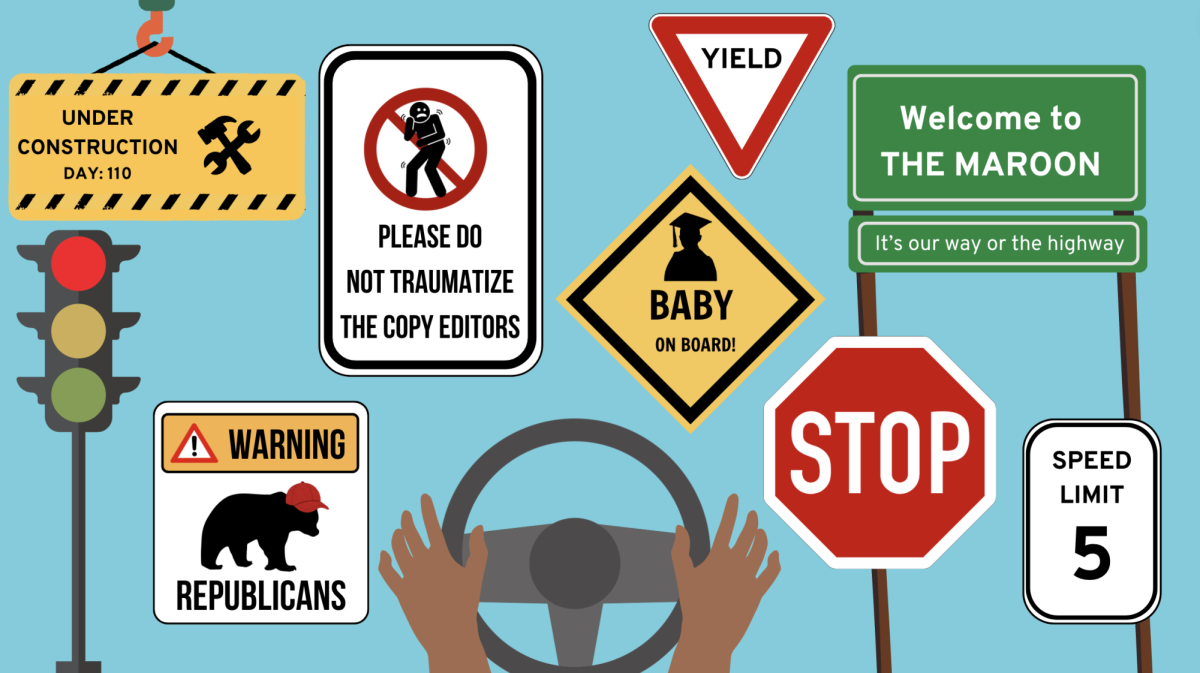Recently, a funny blip popped up on the national news radar: Michael Crichton, creator of Jurassic Park and ER, served as a lead witness at a hearing of the Senate Environment and Public Works Committee. “Finally!” I thought. “It’s about time Congress cracked down on dinosaur cloning in this country!” Unfortunately, my initial enthusiasm evaporated when, reading closer, I saw that Crichton had been invited in by Senator James Inhofe (pronounced “Asshole”) to testify not on dino DNA, but global warming.
To recap: A writer of thriller fiction advises Congress regarding a serious environmental threat. This is basically equivalent to nominating John Grisham for the Supreme Court, or inviting Tom Clancy to tell the high-ups at the Pentagon how to proceed in Iraq, or electing Arnold Schwarzenegger governor of your state.
With an M.D. from Harvard, Michael Crichton, while a smart man, is not a climate scientist. Yet he was called in as an expert on climate science and global warming, presumably on the basis of his 2004 novel State of Fear (sorry, did I say novel? I meant thinly veiled nut-job propaganda) which paints climate change as an inflated social scare.
You want a scare? Crichton is helping dictate national environmental policy.
For those blessedly unfamiliar with it, State of Fear stars some very nasty baddies. Its antagonists—bloodthirsty, money-hungry environmentalists (is there any other kind?)—trot around the globe simulating natural disasters in an effort to convince a stingy public that global warming and abrupt climate change are real, so everyone had better pay their Sierra Club dues. If these characters sound odious or their logic patchy, you might consider giving them a second chance after meeting the book’s “heroes.” Crichton’s man with all the answers, John Kenner, is an MIT climate skeptic/James Bond caricature who, when not frustrating terrorists, frustrates everyone else with pedantic Power Point demonstrations intended to disprove global warming piece by piece. The selectively misrepresented information broadcast by this cardboard mouthpiece leaves the impression that climate change is a social scare backed by insufficient evidence.
Nothing could be further from the truth. The reality of human-induced climate change is now as well documented as most theories commonly treated as fact, and commands a vast degree of agreement among the scientific community.
One glaring example of how poor understanding compromises much of Crichton’s rhetoric (making him a less-than-ideal candidate for Senate hearings) lies in an objection played up several times within the novel. When a group of characters stops off in an Argentina town en route to Antarctica to stop terrorist bomb plot number one, the town’s weather station reveals a consistent cooling trend for well over the past 100 years. Later, other damning graphs depicting similar local cooling trends around the globe are shown. When the plucky adventurers do make it to Antarctica, the fact is dropped that the icy continent has actually been cooling over the last few decades. On the basis of all this evidence, the book’s protagonists end up dismissing climate change.
This dismissal, as with most made throughout the book, ignores a great deal of climate science, as revealed by Gavin Schmidt, a climate modeler at the NASA Goddard Institute for Space Studies with papers published in dozens of peer-reviewed journal articles—that is, unlike Crichton, he may actually be qualified to talk about this stuff. Schmidt also contributes to realclimate.org, a site created by a group of climate scientists in an effort to set the record straight regarding global warming. Online, Schmidt explains how global warming’s effects will vary wildly across the planet, and that regional cooling is quite compatible with the theory of human-induced climate change. Some areas will indeed experience cooling, while other temperature records (conveniently ignored by Crichton) indicate the opposite. Wind movements, ocean circulation patterns, and aerosols in the atmosphere all affect local temperatures, potentially masking any influence from greenhouse warming. Following this, Antarctic cooling also does not contradict the realities of global warming or climate change; scientists have recognized for some time a regional (and probably temporary) cooling trend across the interior of the Antarctic continent.
Global warming refers to a rise in the mean surface temperature of the planet, not uniform impacts around the globe, and is evident in the combination of thousands of separate temperature records. What matters is the big picture, apparent only in stepping back and looking at the mosaic produced by all climate records.
Whatever the assertions of his techno-thriller supermen, the examples of regional cooling noted in Crichton’s book do not debunk the global warming hypothesis. And this is merely one fallacious argument drawn from among many topics ranging from sea level rise to urban heat. Perhaps Crichton might consider sending his characters, and himself, back to the library for a little more research; and perhaps our senators should start inviting qualified scientists to guide government policy rather than authors of thriller fiction.








